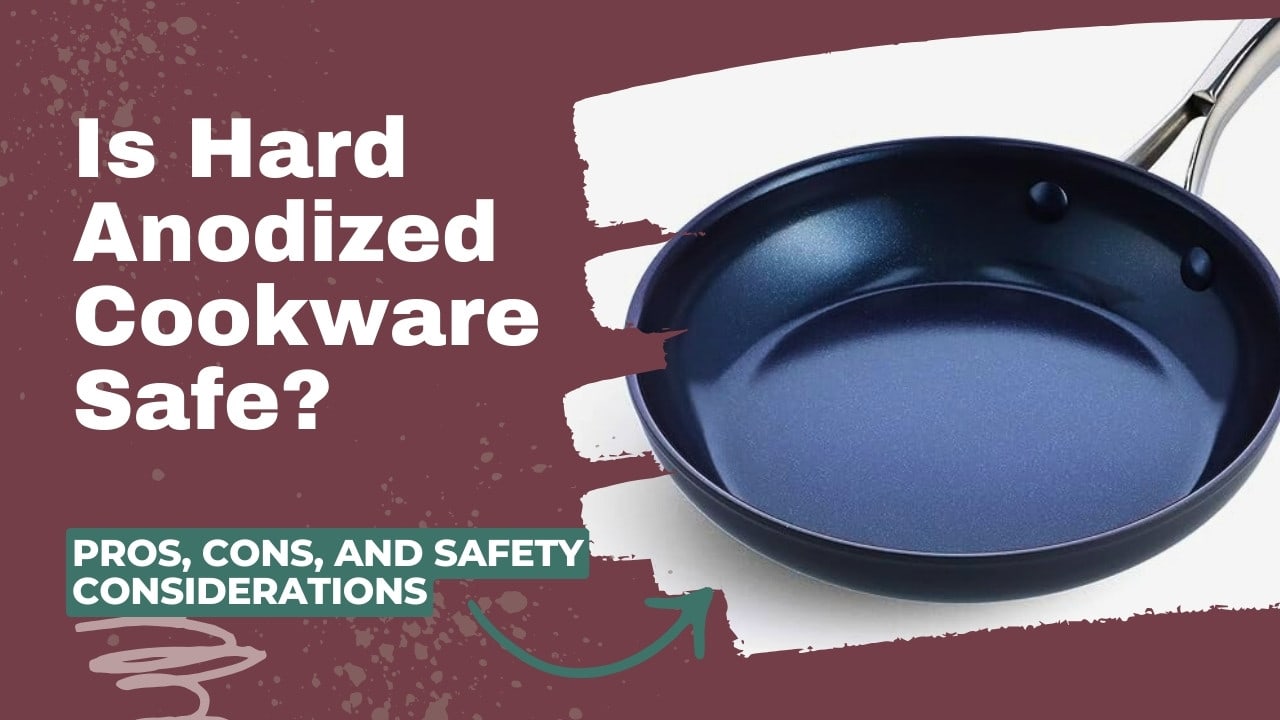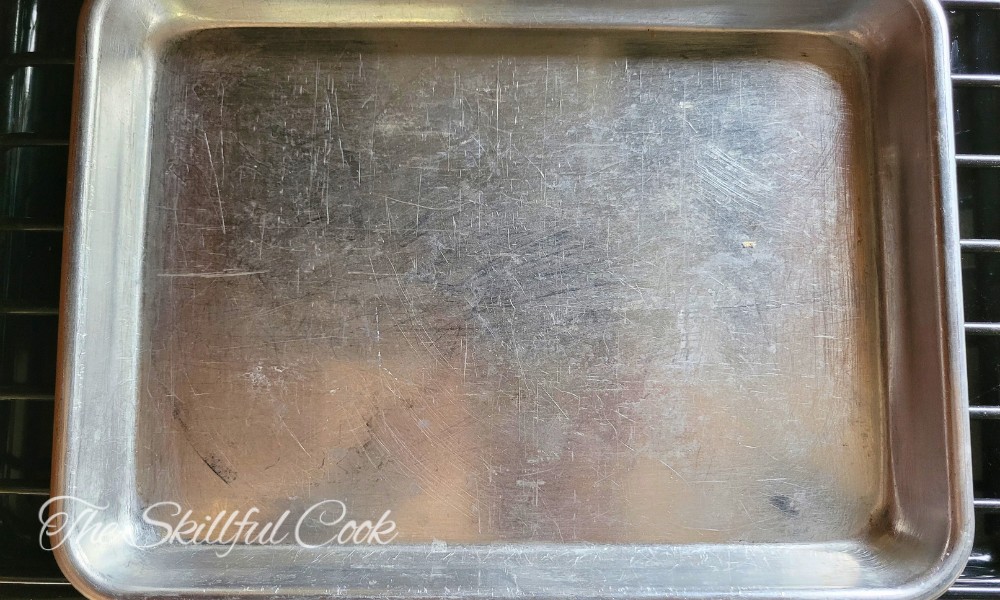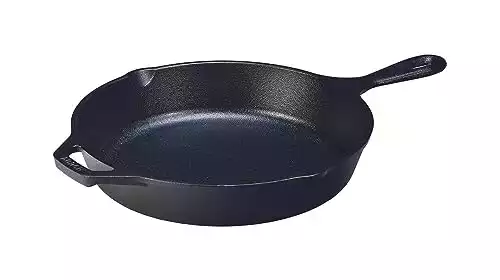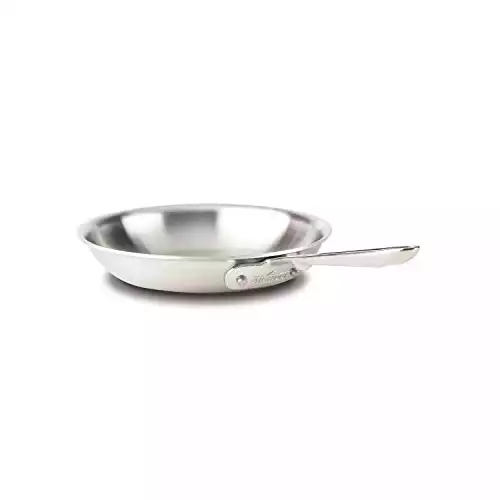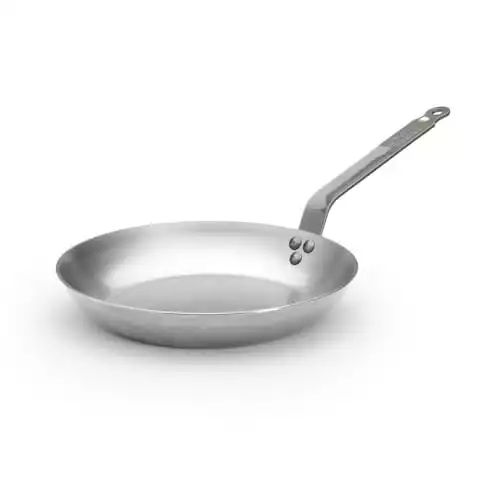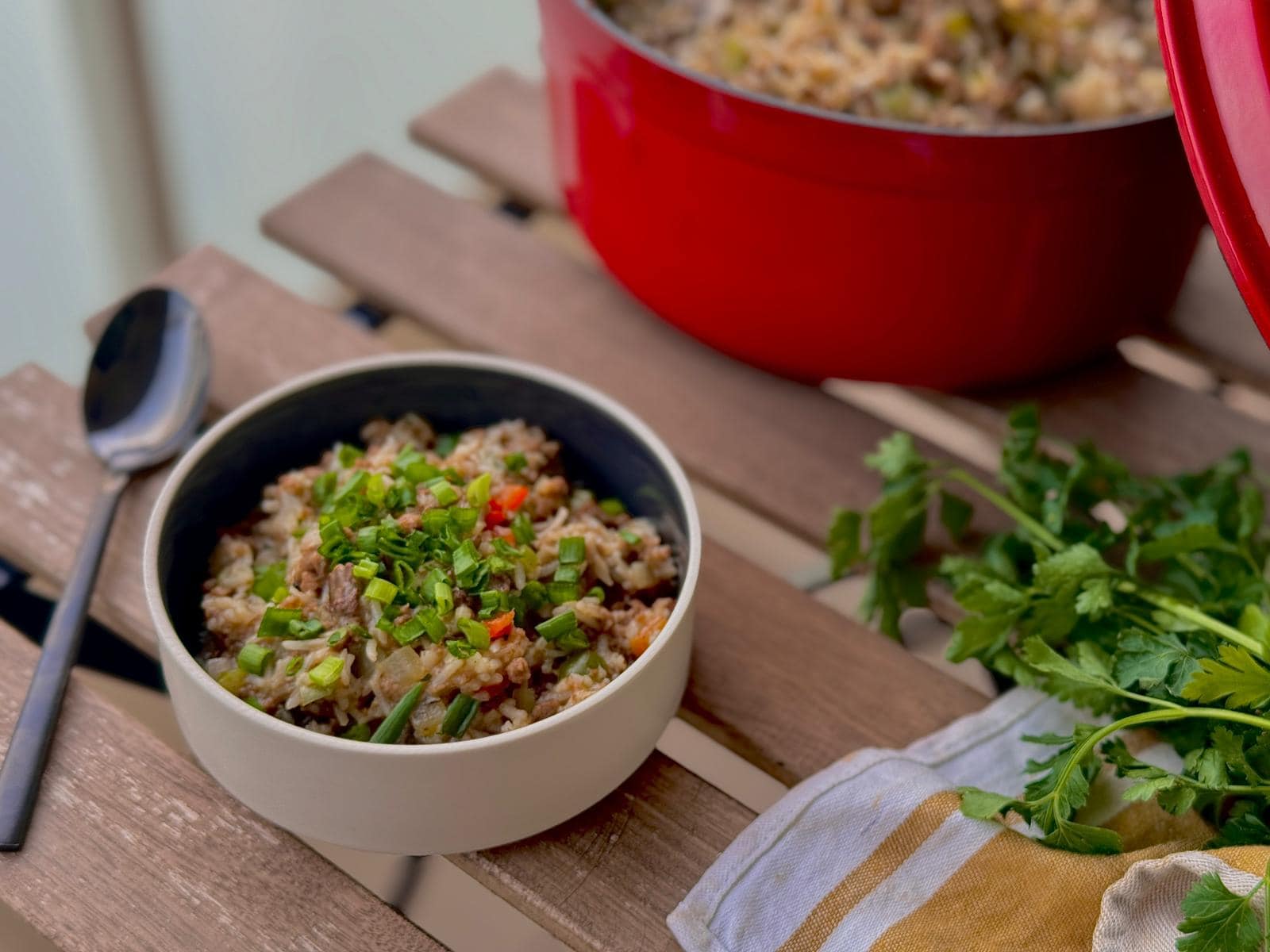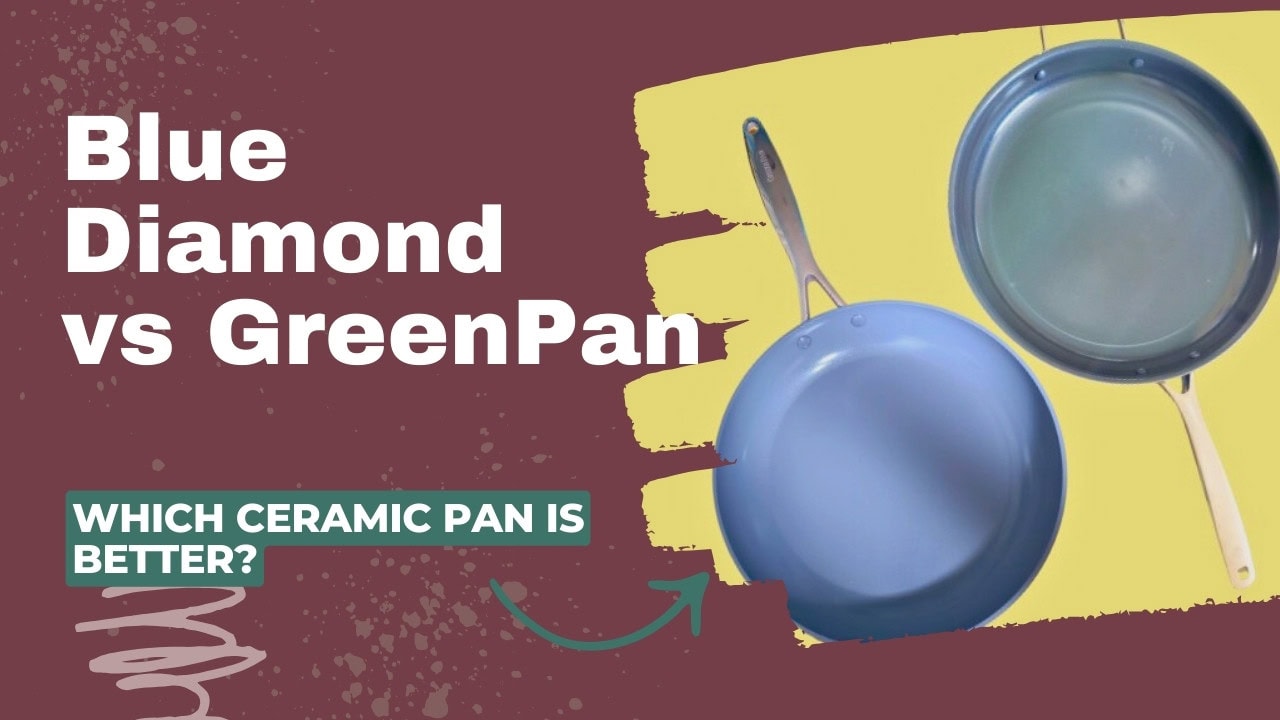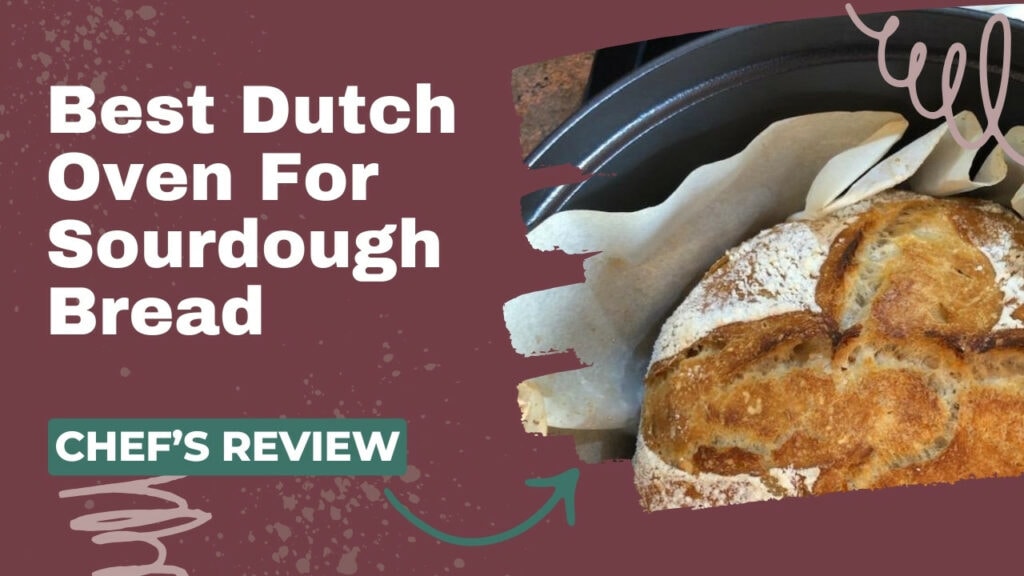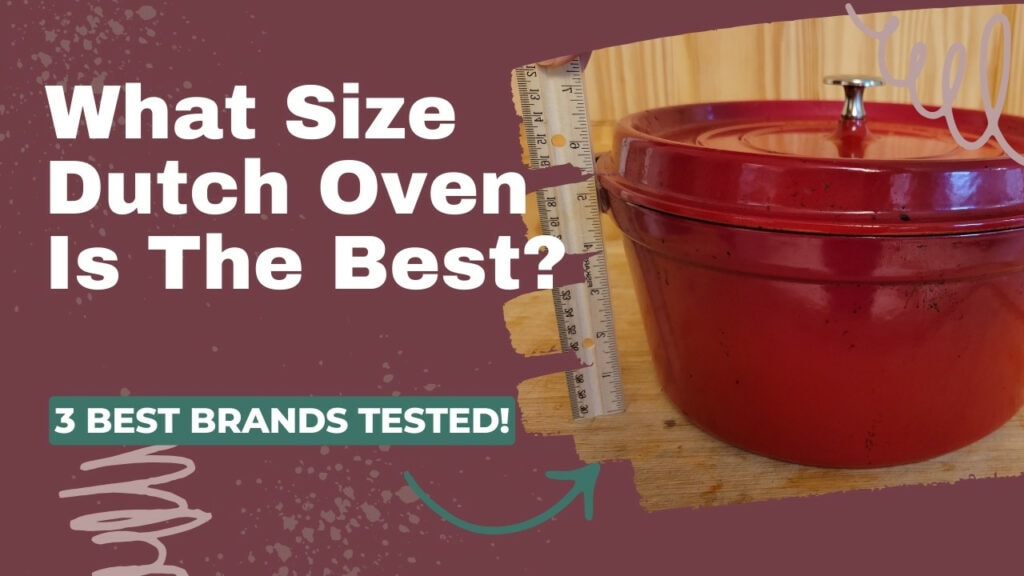DISCLAIMER: THIS PAGE DOES NOT PROVIDE MEDICAL ADVICE.
This page is intended for informational purposes only. No material on this page is intended to be a substitute for professional medical advice, diagnosis, or treatment. Always seek the advice of your physician or other qualified healthcare provider before changing your dietary or cooking habits.
Many modern cooks, especially those who are health conscious, shy away from aluminum cookware. But it’s still very widely used in a variety of types of pots and pans – from nonstick coated to 3-ply steel – thanks to its fantastic heat conduction and light weight.
Should you use aluminum cookware or not? It gets even more confusing when you hear there’s another option called hard anodized aluminum. Is hard anodized aluminum safe, or does it carry the same (or different!) risks as regular aluminum pots and pans?
Is Hard Anodized Cookware Safe?
Hard anodized aluminum is among the safest cookware materials. Hard anodization reduces the drawbacks of bare aluminum by creating an aluminum oxide layer over the metal’s surface. This layer is integrated into the underlying metal, so it’s tough and durable. It’s scratch-resistant and non-reactive.
That said, most hard anodized pots and pans come with an additional coating. Most of them feature nonstick layers made of Teflon or ceramic. The safety of these coatings is a subject for a separate discussion, but experts believe that modern nonstick and Teflon cookware is safe – so long as you don’t overheat it.
You may find camping cookware or vintage aluminum pots and pans that are anodized but not covered with an additional coating. Aluminum bakeware is often hard anodized, but not always.
What is Hard Anodized Cookware?
Hard anodized cookware is made from aluminum that has undergone an electrochemical process to give it a tough, scratch-resistant surface. The aluminum oxide layer fused onto the aluminum’s surface makes it extremely hard and prevents it from reacting with acids. Hard anodized cookware is typically finished with nonstick Teflon or ceramic coating.
Anodization works for many metals, but aluminum is the most commonly anodized metal used for cookware. Aluminum lends itself to the process, creating great results. Hard anodized aluminum cookware offers all of aluminum’s benefits while reducing its drawbacks.
What is Hard Anodization?
Hard anodization is an electrochemical treatment involving acidic solutions, electric currents, and near-zero temperatures. It makes the metal harder and more resistant to corrosion.
First, bare aluminum is placed into an acidic solution, most commonly sulphuric acid. Then, it’s exposed to an electric current. The electrochemical reaction releases hydrogen and oxygen, creating a layer of aluminum oxide over the bare metal.
This is anodization, which strengthens the metal but can be further boosted through hard anodization.
Through hard anodization, the sulphuric acid goes through the electrical current under near-freezing temperatures. This creates a harder surface that makes aluminum more fitting for cookware. Plus, the hard-anodized surface creates a porous layer that makes it easier to apply dye and other coatings.
Examples
Here are some examples of anodized and regular aluminum cookware to show you what I mean.
Hard Anodized vs. Aluminum Cookware
Generally speaking, hard anodized aluminum cookware is better than bare aluminum, since hard anodization makes it stronger. Here’s where hard anodized aluminum excels.
Both materials are lightweight, inexpensive, and widely available. Plus, they can both handle high temperatures, so you can use them for many high-heat cooking purposes.
Hard Anodized Aluminum Cookware Safety
Aluminum is a naturally occurring element with excellent heat conductivity. These features, along with being lightweight, make it a great material for making cookware.
But like most cookware materials, there can be health concerns, especially since it comes into direct contact with food.
The CDC considers aluminum cookware safe, especially since the majority of ingested aluminum leaves your body through urine and feces.
Our bodies are exposed to aluminum in many other sources, including air, water, food, and medicine. These amounts can be larger than the levels leached from cookware.
Still, some studies have raised concerns about the link between aluminum and oxidative stress.
We explore the issues regarding aluminum cookware – including its potential neurotoxicity – in our detailed write-up on whether or not aluminum cookware is safe.
While many doctors consider aluminum cookware to be safe if it’s made by a reputable manufacturer, aluminum can be even safer when it’s hard anodized. The aluminum oxide layer acts like a barrier between the bare metal and the food. Because it doesn’t react with acids, it leaches less metal into the food.
But Does the Aluminum Even Touch Your Food?
Most cookware manufacturers use aluminum as a component of their products, and it often doesn’t come in contact with your food. For example, aluminum cores are sandwiched between layers of stainless steel or copper in tri-ply cookware.
Most aluminum cookware comes with nonstick PTFE (Teflon or similar fluoropolymer) or ceramic coatings.
Teflon comes with various safety concerns, although many health experts claim it is safe to use if not overheated.
There are fewer health concerns regarding ceramic cookware coatings, although there’s not enough research to confirm they are 100% safe.
What Are the Alternatives to Hard Anodized Cookware?
Hard anodized aluminum isn’t cookware you probably want to display in your kitchen. Despite its black exterior, it doesn’t look stylish. And if it has a Teflon coating, that may give you more reasons to replace it with other materials.
Here are the best hard anodized cookware alternatives.
Cast Iron
Although not as lightweight as hard anodized aluminum, cast iron is the workhorse of many modern kitchens. It’s versatile since you can use it for just about any cooking method, especially searing.
Besides, a well-seasoned cast iron pan can be safe to use while lasting a lifetime. It’s scratch-free and can stand the wear and tear of everyday use. The seasoning can reduce iron leaching, which would alter the food’s taste.
Cast iron can be more aesthetically appealing and stronger if it has an enamel coating. Plus, enameled cast iron is easier to use since it doesn’t need seasoning.
Stainless Steel
Stainless steel cookware is a great example of putting aluminum to good use. Stainless steel doesn’t conduct heat well. So, it’s not a good candidate for cookware.
Manufacturers use aluminum discs on the bottom of the cookware or place an aluminum sheet between two layers of stainless steel to increase its heat conductivity.
Stainless steel is tougher than aluminum since it’s scratch-resistant and less prone to warping. Plus, it doesn’t contain PFAS or PTFE and doesn’t react with acidic foods.
The only problem with stainless steel cookware is that it’s not nonstick, which you can solve using the right temperature.
Carbon Steel
Another option popular among restaurant chefs is carbon steel, cast iron’s lighter sibling. It’s non-reactive, safe, and versatile. Although it’s not warp-resistant, it’s perfect for high-heat cooking.
The De Buyer Mineral B Pan is a robust, well-balanced carbon steel pan with excellent heat retention and solid construction. Its design truly reflects French elegance and quality.
The de Buyer Mineral B Pan performed exceptionally well in my tests. If you want a pan that you can pass down to your grandchildren, then this is the pan for you.
Conclusion
Hard anodized aluminum cookware is generally safe. It has a layer of aluminum oxide integrated with the underlying metal. So, it doesn’t chip, scratch, or come off easily. It’s less reactive than bare aluminum and can withstand high heat.
Most hard anodized aluminum cookware comes with nonstick and ceramic coatings, though. Although modern nonstick cookware is PFOA-free and considered safe by the FDA, it is not ideal for high-heat cooking and has a relatively short lifespan. In fact, the hard anodized pan will long outlast the nonstick coating applied to it! For this reason, you may choose to go for carbon steel or cast iron instead.

